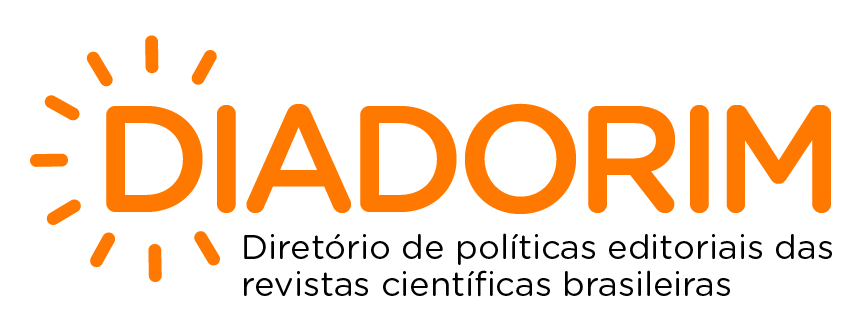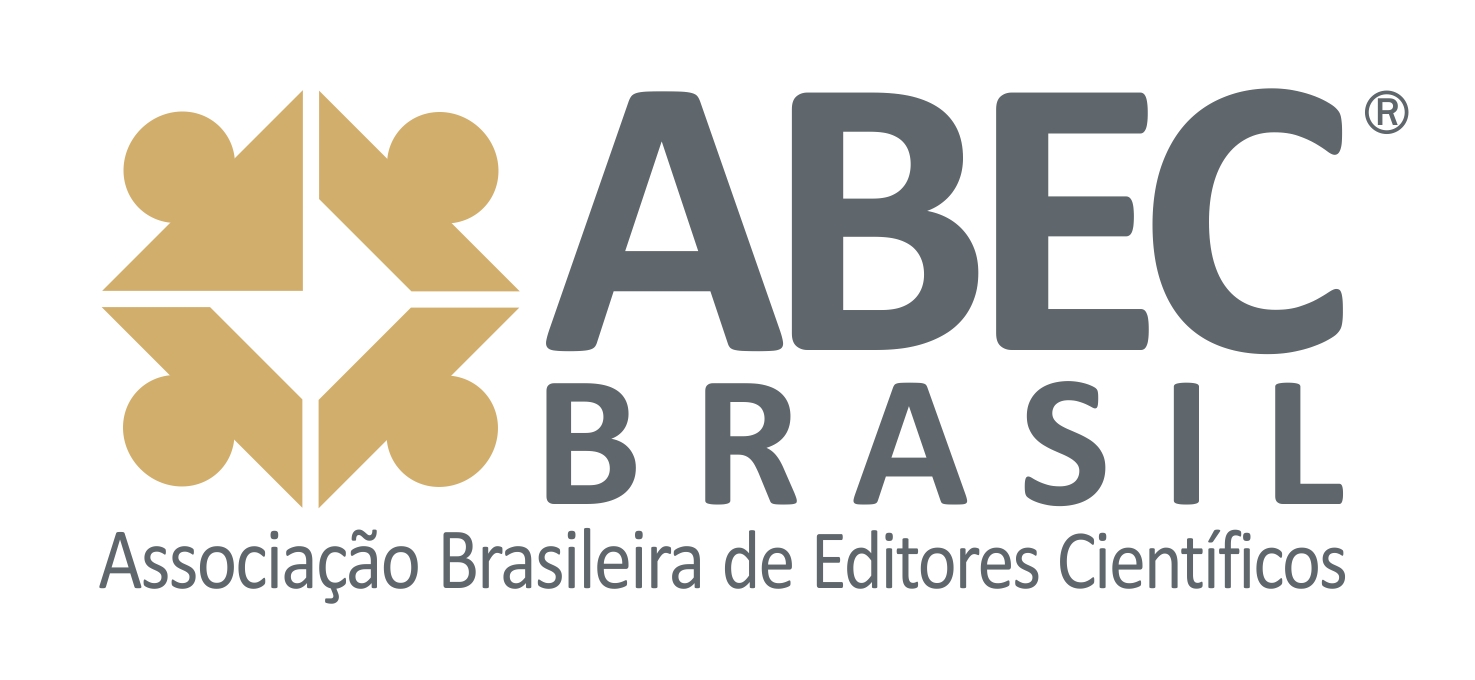The use of digital technologies in the development of children with autistic spectrum disorder
The use of digital technologies in the development of children with autistic spectrum disorder
DOI:
https://doi.org/10.51473/rcmos.v1i3.2021.45Keywords:
TEA, autismo, inclusão escolar, tecnologia digitalAbstract
This work aims to offer a broader and more comprehensive way of serving autistic people, taking into account their characteristics and peculiarities, especially in aspects focused on the school inclusion of these special students in regular schools in the education system. Through teaching work supported by digital technologies, which include games and other fun forms of learning, it is possible to work in a school environment full of joy and satisfaction for these students who have Special Educational Needs. To do this, it is necessary to improve knowledge on this subject, which addresses individuals affected by ASD (Autism Spectrum Disorders), the causes, symptoms, characteristics and treatments. Autistic children may have difficulty relating to other students, but it is possible to work with them from an early age, helping them to feel comfortable and happy in their class and in the school as a whole. The bibliographic research on the subject provides valuable and important support for understanding the problems arising from autism, as well as the practices necessary for the development of teaching activities that seek the school inclusion of students who present psychological, coexistence and social behavior problems. It is necessary and fundamental to seek to understand what autism is, deepening knowledge about autism, addressing the causes, symptoms and existing treatments. It is also necessary to know experiences of school work with autistic students, which include digital technologies such as the digital game "ABC of the autistic". It is the primary role of teachers to understand the difficulties of their students, whatever they may be, and to seek professional solutions to minimize or even eliminate them from school tasks. The teacher must always add positive affective and emotional characteristics, in order to maintain the motivation and interest of the autistic student.
Downloads
Downloads
Published
Issue
Section
Categories
License
Copyright (c) 2021 Sérgio Fernando C. Ribeiro, Luciane Conrado, Ana Paula Legey (Autor/in)

This work is licensed under a Creative Commons Attribution 4.0 International License.












